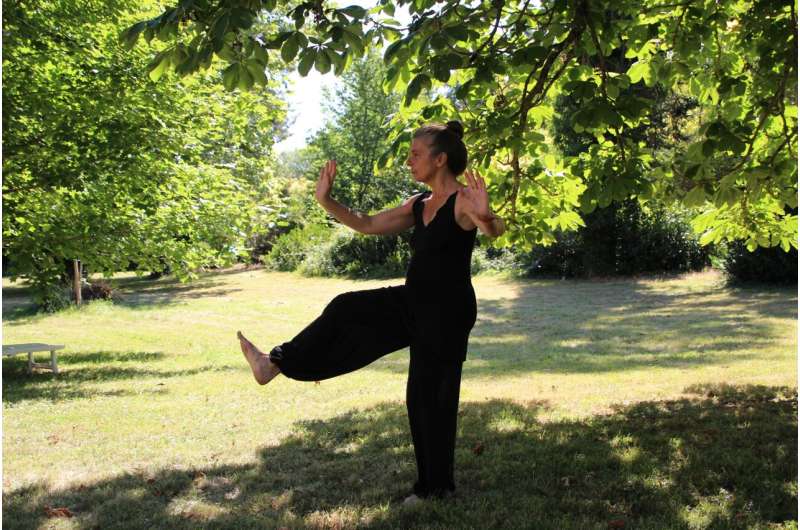Essential Fire Safety Tips for Families: How to Prevent Burns Around Campfires

Learn essential safety tips to prevent burns and injuries around campfires. Keep your family safe during summer gatherings with expert advice on supervision, fire boundaries, and emergency response.
Campfires are a cherished summertime activity, offering opportunities for roasting marshmallows, storytelling, and enjoying the warmth of a crackling fire. However, for families with young children, it’s crucial to understand the risks associated with campfires and learn effective safety measures to prevent burn injuries.
According to Dr. Denise Klinkner, pediatric trauma center director and surgeon at Mayo Clinic, campfire gatherings are almost a traditional part of summer life, but safety should always be a priority. Adults and caregivers need to stay vigilant, particularly about the fire’s status and the whereabouts of children around the fire.
Children, especially toddlers and preschoolers, are naturally curious and still developing coordination skills, making them more susceptible to accidents. Many of the burns incurred around campfires involve children's hands, ranging from second-degree to third-degree burns.
Common hazards include:
- Hot tools and sticks: Metal roasting sticks or forks can cause burns or eye injuries if mishandled.
- Grease drippings: Food grease can ignite flames or cause severe burns if it flares up.
- Accelerants: Using lighter fluid or gasoline to start or boost a fire can lead to explosions or worsen burns if spilled on skin.
- Propane fire pits: While convenient, these can be dangerous if not properly handled, with potential for explosions.
Preventive measures include:
- Maintaining a safe perimeter: Establish clear boundaries around the fire that children are instructed not to cross.
- Close supervision: Always have an adult monitoring both the fire and children nearby.
- Avoiding accelerants: Never use gasoline or lighter fluid to ignite or intensify the fire.
- Teaching fire safety: Educate children about safe fire practices and how to respond in emergencies, including having water or blankets available to extinguish flames.
- Fully extinguishing fires: Ensure fires are completely out before leaving or going to bed.
In case of burns, remember the "stop, drop, and roll" technique if clothing or skin catches fire. For minor burns or blisters, apply a cool, wet cloth to reduce pain, and cover with a loose, dry dressing to protect the area. Seek medical assistance immediately for larger or deep burns.
Dr. Klinkner emphasizes that safety is a shared responsibility: "Enjoy your summer but remember—only you can prevent burns and injuries around campfires." Proper precautions help ensure that family fun remains safe and memorable.
Source: https://medicalxpress.com/news/2025-05-safety-families-campfires.html
Stay Updated with Mia's Feed
Get the latest health & wellness insights delivered straight to your inbox.
Related Articles
Understanding Why Intelligent Individuals Are Drawn to Wellness Trends Through Personality Traits
Personality traits like openness and agreeableness influence why intelligent individuals may be more susceptible to wellness trends and misinformation online, emphasizing the need for tailored public health messaging.
Cancer in Patients Under 40: Key Topics Young Adults Often Want to Discuss with Their Healthcare Teams
Explore the top topics young cancer patients want to discuss, including wellness, peer support, and sexual health, with insights from Mayo Clinic experts on personalized survivorship care.



